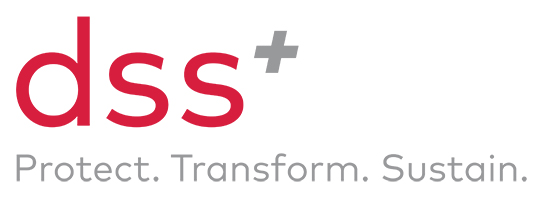
According to the World Economic Forum, we are experiencing the Fourth Industrial Revolution. It builds on the digital revolution of the past 50+ years, and is characterized by a fusion of technologies that goes hand in hand with the blurring of the lines between what is physical, digital, and biological.
In parallel, across industries there is a vision of “Industry 4.0” which leverages machines, automation, and enhanced efficiency. Embedded in all this progress is the revolution in smart safety equipment, benefitting from and contributing to enhanced data management and analytics.
The industrial safety market is projected to reach almost $4 billion by next year. A new but growing subset of that, the Smart Personal Protection Equipment (PPE) market, is expected to grow from USD 2.5 billion to almost USD 5 billion by 2023.
What is Smart PPE?
Safety technologies will forever change how companies address risk, with real-time data monitoring and analysis providing insights on risk before, during, and after events.
Smart PPE is developing at the intersection of PPE and technology. Embedding sensors into equipment ranging from gloves to safety glasses, hardhats, working clothes, and more, allows data to be gathered and harnessed to better understand working environments and any risks faced by employees.
With an estimated 6000 deaths every single day linked to work-related accidents or disease according to the International Labor Organization, and 2.9 million non-fatal injuries and illnesses in the US alone as reported by the US Bureau of Labor Statistics, this represents a significant opportunity for improvement.
Examples of Smart PPE
Smart PPE tends to deal with the following main elements: ergonomics, biological data, state of mind, and environment-based data (readings about the worksite).
Working long hours or on a shift-based schedule that may alternate between daytime assignments and night work can leave workers such as nurses or factory employees at risk of occupational fatigue. This makes them 2.9 times more likely to put themselves – or a colleague – in danger.
To address this risk, a few startups have developed easy-to-use and non-invasive devices, from a wearable that goes behind the ear to wristbands that can monitor oxygen levels, heart rate, core body temperature, motion, or a combination thereof.
Gathering real-time data can enable managers to identify fatigue before it becomes a risk, or alert an employee that it is time for them to take a break.
Wearable watches also exist, and can track the worker’s heartbeat, body temperature, and movement (including falls) as well as detect ambient gases – thereby monitoring the environment for specific hazards.
Other technologies focus exclusively on detecting gas leaks and hazardous substances, for instance, by using video cameras that record the visible spectrum and infrared to quantify and display any harmful gas leaks as they occur and from as far as two miles away.
Yet another type of Smart PPE is headphones that prevent harmful noise exposure to prevent hearing loss and tinnitus (ringing in the ears), protecting workers from excessive noise while using the data to create a heat map of the noise and track exposure to it.
This is by far not an exhaustive list, but merely examples to provide a sense of the breadth and range of possibility these innovative technologies offer.
What can Safety Technologies Such as Smart PPE do for Your Business?
The main sectors identified as benefiting the most from Smart PPE include manufacturing, construction, firefighting, oil & gas, and mining. While the largest market is North America, these innovative technologies can benefit companies and workers worldwide.
There remain some challenges, ranging from how to identify the best products and startups to work – and potentially partner – with for a solution that suits your company, to privacy and cybersecurity, and cost, among others.
Improve Uptake & Monitoring
A recent report suggests that 89% of workers do not wear proper safety gear when working in hazardous situations. The reasons may be multiple, but Smart PPE can do its share to address them and make uptake and use convenient and easy.
This means long battery life, working even in areas with little to no network coverage, and ideally combining functionalities to avoid the need for multiple types of PPE to be used at once.
The question of privacy and cybersecurity is also critical, and must be addressed up front. Solutions exist to keep data safe from hackers, and encourage employees to be supportive of Smart PPE.
Data for Predictive Analysis & Actions
High cost of purchase and implementation can be daunting, but if done right, a Smart PPE initiative will be a worthwhile investment long-term. Safety technologies can drive down workplace incidents by facilitating live monitoring, improving prevention, and enabling immediate action during incidents. This can potentially facilitate lower insurance premiums, an additional and significant return on investment.
However, Smart PPE, like any technology, is merely a tool that is as good as whoever wields it. In parallel to identifying the right solutions for your company, mindset and behavior are still key elements to any successful initiative. A solid strategy cannot be replaced by a fancy gadget.
That is why the team at dss+ are available to work with you from market research through to at-scale implementation of Smart PPE solutions tailored to your needs.
For more information, contact www.consultdss.com






